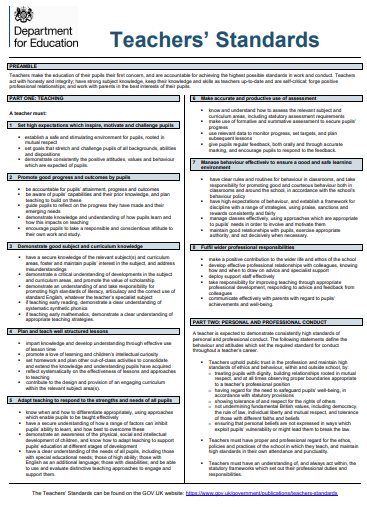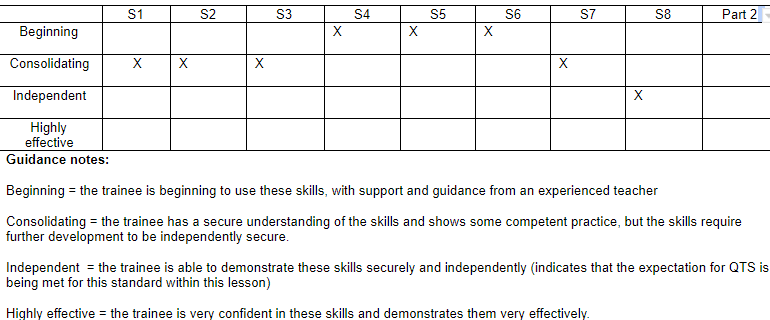After completing the agile coaching course, I have been trying to think of a way to continue to develop my skills and competencies. I thought back to my teacher training and I wondered whether I can apply the models that we used in teacher training. After all, there are a lot of similarities between the roles of coaching and teaching: both are a skill, a role and a function. And much like chess, both can be learned quickly, but can take years to master.
How can ‘Agile coaching’ be mastered?
This seems to be an on-going discussion. But at the same time, there is still confusion – as Bob Galen related a couple days ago – about a rather fundamental point: ‘what is an agile coach?’
As Mckinsey writes, ‘while the role has exploded on LinkedIn and many profiles claim to be agility coaches, there is no degree or accepted global accreditation that provides comfort around the skills and experience needed for the job. It is one of those roles that needs to be learned through hands-on practice, and yet, there are few organizations that have adopted agile at scale in order to provide the learning environment for agility coaches to master their craft.’
So, off my own bat, I figured that I’d have a go at applying the models from teacher training onto agile coaching and see what happens. I think a lot can be learned from teacher trianing (come on … they’re teachers, right, this is their bread and butter!) and applied, but I noticed that, if I wanted to do this, there were still a few things missing, which I outline at the end of this post.
Let’s have a look at some of the key elements that constitute teacher training …
(Take the opportunity to consider: how much you think applies. You can probably replace teacher with coach; student with coachee; and lesson with session etc.)
Overarching framework: The Teacher’s Standards
In the UK, the teacher training is based on the ‘Teacher’s Standards’. They are subdivided into sub-sections.

It outlines the behaviours, knowledge, skills and competencies required to become an effective classroom practitioner.
To become a qualified teacher one needs to demonstrate consistency in being independent or highly effective at applying each of eight ‘Teacher’s standards’ in your teaching. (N.B. but that’s not all, there is also a metric ton of evidence required plus a dissertation etc etc etc!)
Training model – the ‘Exeter Model’
I did my teacher training at the University of Exeter. The teacher training there was considered to be the best teaching approach in the UK, and a PGCE is often considered a ‘Gold standard’, mainly because the approach develops ‘reflective mindset’. So let’s have a look at this model.
How the Exeter Model works
(I’ve boiled this down massively)
1 Delivering Episodes
This might be a lesson or part of a lesson. For every episode of teaching, a trainee will need to demonstrate the following
- Plan session
- Deliver session (observed)
- Write a reflection on the session and review observation notes together with mentor
- Identify and target one or two areas for improvement for the next plan
(Your homework. If you boil these four stages down even more, you might spot a familiar model. Anyone working in lean development will recognise it. Hint, PDCA. See if you can match them up!)
2 Writing reflection
The reflections were quite comprehensive. Not only are you considering your teaching, but you also need to consider the impact on learners – that is, trying to reflect from the learner’s perspective. A nice phrase I heard was developing a teacher’s ‘with-it-ness‘.
Then it’s important to target one or two particular areas from one of the sub-sections of the teacher’s standards and aim to improve them in the next episode.
3 Observations
In the delivery of a lesson, the mentor would observe and make notes according to teaching learning, assessment and behaviour, whilst referencing the eight teacher’s standards.
Using a grid, the mentor will then give a score of 1 – 4 to rate how each of eight Teacher’s Standards were demonstrated. The scale is:
- Beginning
- Consolidating
- Independent
- Highly effective

Usually in every lesson, the results will vary massively, hence why evidence from throughout the course is required.
4 Observing a specific area for improvement
This follows a pattern of:
- Target an area
- Watch an expert demonstrate that particular focus
- Observe what happened
- Reflect on why and contemplate
Then,
5 Focussing on a specific area for improvement
- Plan own focus
- Attempt plan in lesson
- Reflect on what happened, and the impact it had and why
- Target areas for improvement for next time
Again, note that I’m boiling this down massively. However, I found the pedagogical approach effective and it was a rigourous and I believe it developed a reflective mindset – not altogether too different from an agile mindset.
Applying this to my coaching practice
This is something that I was keen to implement for my own journey in the world of agile coaching, but to do this properly …
What’s still missing?
I would require:
- A framework for key values / behaviours of an agile coach to guide me,
- Some guiding criteria to help me differentiate between what’s good and what’s highly effective,
- Some easy to use worksheets to guide my reflection,
- Access to an expert coach so that I can watch as they demonstrate a particular area that I’m targeting,
- Access to a fellow coach (or expert) so that they can observe my coaching and give feedback in a structured manner.
Final thoughts
I’ve highlighted the key elements of the teacher training (lesson delivery cycle, writing reflections, observations, demonstrations and targetting key areas for improvement) and together with an overarching framework (covering the behavours, knowledge, skills, competencies), there is a potential holistic and rigourous model to develop a role like agile coaches.
A note about the courses
It would be unfair to compare the teacher training course (PGCE) with an agile coaching course (they are simply on different scales of magnitude). The teacher training was one year long, full time and included lectures, 150 days of teaching and a disseration. Every lesson needed to be planned, observed and reflected upon. It is commonly described as the ‘worst year of your life’. It was for me!
The Agile Coaching course was a succinct, effective (and really enjoyable) one week-long course! It does presume industry experience and agile expertise.
So the comparison is unfair because they serve different needs. The teacher training is a nationally (and internationally) recognised qualification and a requisite in schools.The coaching is a professional certificate, certifying that expert knowledge can be applied in a professional setting.
But that doesn’t diminish the potential responsibility of an Agile coach, nor the problem that companies have when trying to recruit highly effective agile coaches to scale agile, let alone the potential value of agile coaches. In a recent report, ‘The state of Agile, 13th Edition‘, their industry research indicated that the top success factor for scaling agile is having Agile coaches.
Equally, McKinsey believes that a company’s success with agile is linked with the quality of the agile coaching. ‘Only by investing in agility coaches—and a comprehensive program to identify, train, and support them—can companies expect to scale and sustain agile across the enterprise.’
Next steps
I’ve only just recently started thinking about this and I was prompted to write this up by Bob Galen’s recent ‘DREAM to inspire a League of Extraordinary Agile Coaches where the breadth of craft, professionalism, and clients come first.’ What Bob outline in his article has some synergies with the teacher training model, so I thought – and since I don’t know how many other people have my biography – I’d write this up in case there is some value to be gleaned from the teacher training model.
As for me, I’ll start experimenting with a few things and I’ll keep you posted …
Happy to hear any thoughts or guidance.
